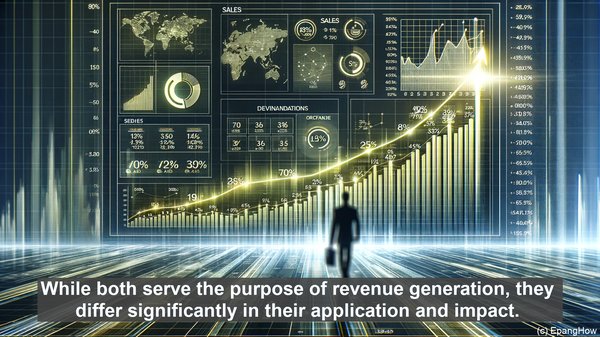Introduction: The Foundation of Taxation
Hello, everyone! Taxation is an essential pillar of any economy, serving as a means to generate revenue for the government. It is a complex field with various types and nuances. Today, we’ll be focusing on two primary forms of taxation: direct and indirect taxation. While both serve the purpose of revenue generation, they differ significantly in their application and impact.
Direct Taxation: A Closer Look
Direct taxation refers to the levying of taxes on individuals or entities directly. The tax liability falls on the person or organization earning the income or owning the asset. Examples of direct taxes include income tax, corporate tax, and property tax. These taxes are typically progressive in nature, meaning the more one earns or owns, the higher the tax rate. Direct taxation is often seen as a way to achieve income redistribution and social equity.
Indirect Taxation: A Different Approach
In contrast, indirect taxation involves the imposition of taxes on goods and services. The tax burden is passed on to the end consumer, who ultimately pays the tax. Common examples of indirect taxes include sales tax, value-added tax (VAT), and excise duty. Unlike direct taxes, indirect taxes are usually regressive, as they tend to affect lower-income individuals more significantly. Indirect taxation is often employed to influence consumer behavior or target specific industries.

Key Differences: Direct vs. Indirect Taxation
Several factors set direct and indirect taxation apart. Firstly, the point of taxation differs. Direct taxes are levied at the source of income or asset ownership, while indirect taxes are imposed at the point of sale or consumption. Secondly, the tax liability varies. With direct taxes, the liability is on the taxpayer, whereas with indirect taxes, it is on the end consumer. Additionally, the progressivity or regressivity of the tax system differs, as mentioned earlier. Lastly, the economic impact varies. Direct taxes can potentially impact savings, investments, and economic growth, while indirect taxes can influence consumer behavior and market dynamics.

